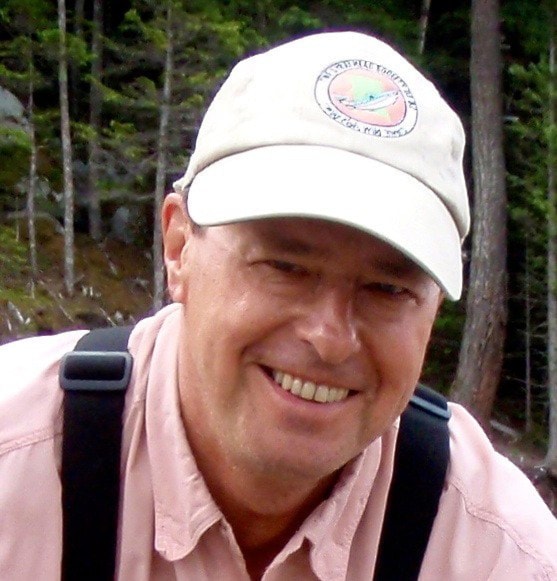Submitted by Parker Jefferson
Locally focused environmental stewardship is becoming increasingly important in our society today. The disturbing trend of downloading and disowning responsibility for our environment by senior levels of government has made it very important for every citizen to become aware and get involved.
We have a very large, dedicated and coordinated stewardship community here in the Cowichan Valley. In this column I will try to provide information on the plans, activities and successes of the people and organizations that are working hard to preserve and protect our valley and it’s critical resources and ecosystems.
The drought we experienced this year and the low river flow crisis that occurred as a result have helped to draw our vast network of stewardship groups together with a common purpose. We all agree that by working together we can and will accomplish great things. We see many challenges ahead as we prepare for the effects of climate change and the depletion of our natural resources that will become more acute in the coming decades. We are looking far into the future and are going to do whatever we can to preserve our beautiful valley for future generations to enjoy.
The lifeblood of our community is our watershed. We are very lucky to have tremendous water resources and some of the purest water on earth in our lake. The Cowichan Lake and River Stewardship Society has been monitoring and testing our lake water for years and we are always near the top of the list for water quality. The quality of the lake water has degraded significantly as it travels down the river to Cowchan Bay. We have not been able to harvest shellfish in the estuary for many years due to the effects of this pollution. The B.C. Ministry of the Environment is currently conducting a comprehensive water quality survey monitoring several points on the Cowichan and Koksliah Rivers to identify sources of pollution. The results of this survey will be very helpful for the development of plans to improve river health.
Our Cowichan river has both federal and provincial heritage designation. Our Chinook salmon stocks are used as an indicator species for the U.S. and Canada salmon treaty and as such we have the resources to monitor these fish very carefully. We have seen this run improve in numbers from a few hundred just three years ago to an expected return of 5,000 this year. This is due partly to ocean survival conditions but our stewardship and habitat restoration projects have played a large role as well. The Stoltz bluffs project has been a tremendous success and I will detail this in a future column.
About 1,000 of our Chinooks perished before spawning this year because of the low water flow and their inability to negotiate the shallower parts of the river to get to their spawning grounds. Many were killed by seals as they waited in the estuary for the river flows to increase. Other effects of the low flow crisis were the closure of the traditional Cowichan Tribes food fishery, wells running dry, inadequate dilution of sewage discharge and Catalyst very nearly having to cease operations.
This crisis could have been prevented if provincial regulators had just managed our weir more effectively. Our lake is so large that storing water to the top of the weir early in the summer when we had plentiful rainfall could have provided the water we needed this fall to maintain adequate flows for the salmon and all other users.
Early in the summer, representatives from the stewardship community, local government, Cowichan Tribes and the Watershed Advisory Board met with provincial regulators to ask that they save the water we had been gifted from the early summer rains because we were concerned about our low snow pack and the possibility of drought. The provincial regulators refused our request and would not conserve water over the summer, citing the rules they use that are based on now irrelevant 50-year-old climate data. These rules must be updated.
The stewardship community feels strongly that we must manage our precious water resources as well as is humanly possible and be able to adapt to quickly changing climate conditions. We are all together in this movement and the more people who can support this initiative, the more successful we will be.
Lakefront property owners need to understand the effects of full storage in our present weir, which is well below the mean high-water mark during the winter months. Public consultation will be done over the winter so those affected can voice their concerns and see how they might be impacted.
Studies have been completed and graphical data will soon be available to show exactly where the water will be at full weir storage, mean winter high-water and the 200 year flood on every lakefront property. It is our hope that as public awareness of these details increases, so will the support for this initiative to get more local control of our water. This will be an important first step toward creating sustainability in the Cowichan Valley for generations to come.
